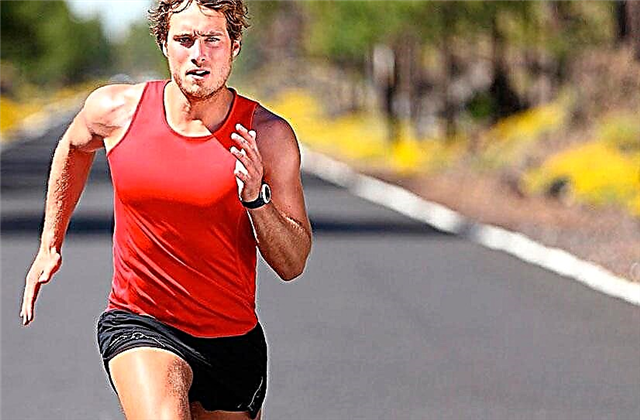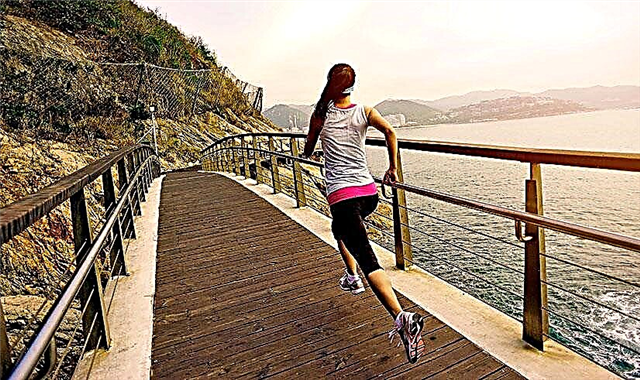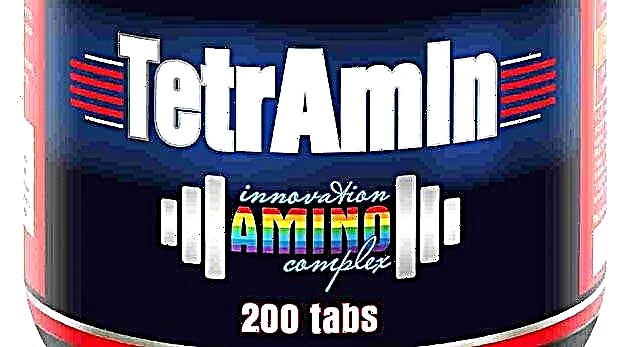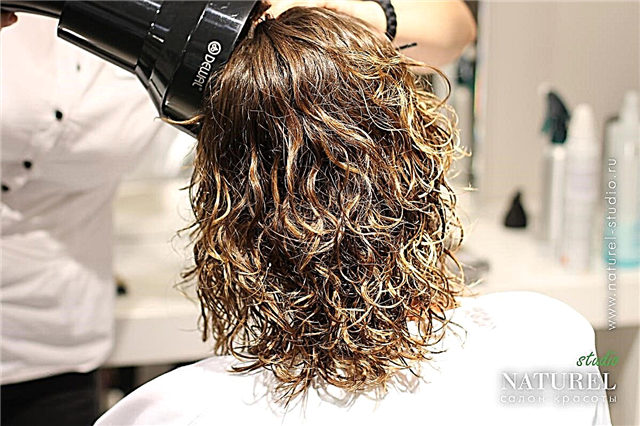Hyperextension is one of the basic exercises for strengthening your back muscles. There are quite a few variations and techniques for performing this exercise.In addition, it is actively used in crossfit training. We will tell you in detail about how to do hyperextension correctly today.
In pursuit of maximum weights in basic exercises and increasing intensity in crossfit complexes, many athletes forget that, first of all, we go to the gym in order to improve (or at least maintain) our health. Therefore, injuries to the spine, especially the lumbar spine, are commonplace for most visitors. Almost every second athlete suffers from this ailment, although he himself may not even know about it, often the symptoms appear much later. In this article, we will tell you how to avoid this, how hyperextension is performed correctly and how it will help us in our difficult business.
Hyperexhesia is an exercise performed in a special machine with special platforms for fixing the feet and body, the main part of the load in which falls on the extensors of the spine. There is such a simulator, probably, in every gym, so this exercise is performed everywhere. It is used for completely different purposes: as a warm-up before heavy squats or deadlifts; as a separate exercise aimed at working out the lower back; as an additional "pumping" of blood to the injured area during rehabilitation from injuries; as a prophylaxis against hernias and protrusions in the lumbar spine. And, of course, within the framework of crossfit complexes, which we will definitely consider today and give examples.
So, today we will look at:
- What are the benefits of doing hyperextension;
- How to do hyperextension correctly;
- Varieties of exercise;
- What can replace hyperextension;
- Crossfit complexes containing this exercise.
The benefits of doing the exercise
Hyperextension is perhaps the only exercise that allows you to load the extensors of the spine with a minimum axial load, therefore, it is recommended for the vast majority of gym visitors, unless there are serious contraindications for that. Thanks to this exercise, more than one thousand athletes from all over the world were able to heal old, non-healing, and haunted microtrauma in the lumbar spine.
The main working muscle groups are the extensors of the spine, gluteal muscles and hamstrings. The load vector changes depending on the position of the support on which the athlete is located: the higher it is, the more the extensors of the spine are loaded, the lower, the more the biceps of the thigh is stretched and reduced. In this case, the biomechanics of the movement will resemble deadlift on straight legs or slopes with a barbell on the shoulders.

© Makatserchyk - stock.adobe.com
All strength athletes, in whose training process a lot of time is allotted to doing squats with a barbell and deadlift, do not bypass hyperextension.
We all remember the main aspect of the technique of these exercises - maintaining a straight back throughout the entire approach. It is extremely difficult to do this with a "cold" and not wrinkled lower back, and deviations from the correct technique can lead to injury.
Recovery from injuries
If you suffer from back microtrauma, it is recommended to additionally "pump" the spinal extensors at least once a week. This locally stimulates blood circulation in the damaged areas, due to which more microelements are supplied there, contributing to early healing and recovery.
It is recommended to perform several sets of hyperextensions in large numbers of repetitions (from 20 and more) to obtain a positive result. Most of the symptoms will disappear very soon: pain subsides, muscle motility and mobility improve, the lower back stops swelling after long sedentary work.
There is also a theory that performing hyperextensions improves posture, reduces hyperlordosis or kyphosis of the spine. For this reason, hyperextensions are performed not only by athletes, but also by ordinary people who have suffered spinal injuries, as part of therapeutic and recreational physical education, and any qualified therapist will confirm the undoubted benefits of this exercise.
Advice for fitness and bodybuilding lovers: a large hypertrophied back looks "empty" without well-developed spinal extensors. Therefore, do not forget about performing this exercise in back workouts, as you will emphasize the V-shaped silhouette of the back and, of course, you will feel the full benefits of this exercise described above. Indeed, in addition to deadlifts and squats, all horizontal lat rows (T-bar row, bent-over dumbbell row, bent-over barbell row, etc.) also give an axial load and load our lower back.
Correct exercise technique
Below we will talk about performing the classic type of hyperextension on a standard simulator with an emphasis on the extensors of the spine. There are several variations of this exercise, but in all of them it is recommended to adhere to the same principles and characteristics, which are given below. But do not forget that a personal trainer is responsible for your health and sports progress, so if you have an intelligent specialist in mind, and the technique is difficult for you, turn to him for help, so you will save a lot of time, and perhaps , and health.
Initial position
Sit comfortably on the machine with the top of the roller at hip level. Straighten your lower back with your torso level just above your legs. Statically tense the spine extensors and gluteus muscles. The back should be completely straight, the gaze is directed in front of you, the arms should be crossed over the chest. We rest your heels tightly on the platform at the bottom of the simulator.
Incline
Slowly lower yourself down until you feel a stretch in the muscles of the lower back and hamstrings, while inhaling. The movement should be smooth and controlled, it is not necessary to "fall" sharply down. It is important to keep your back straight while respecting the natural lumbar lordosis. Do not go too low, our priority in this exercise is to "pump" the lower back, not stretch it. Stretching separately after training will not only increase your mobility, but also help your muscles recover in less time.

Climb
Without delay at the bottom point, straighten to the level of the starting position while exhaling. We linger for a moment at the top point and repeat the movement. Do at least 10-15 repetitions in one set, so you will ensure good blood flow to the working muscle groups.
The key point is that you do not need to bend as much as possible at the top point, so all the benefits of the exercise will come to naught, as strong compression will be created on the intervertebral discs in the lumbar region.
Exercise progression is a sure way to progress in all exercises, and hyperextension is no exception. As the movement becomes easier and easier for you, try to gradually increase the load. This can be done in three ways:
- doing more reps in one set;
- less resting between waste;
- using additional weights.
The video demonstrates the technique of performing hyperextensions in as much detail as possible:
Types of hyperextension
With the help of different types of hyperextension, you can vary the load in different ways and load certain muscles to a greater extent. Below are the most common variations of this exercise.
Hyperextension with additional weights
We perform a classic hyperextension, but hold a pancake or dumbbell in front of us, pressing it to the chest. Helps to increase the load on the lower part of the spinal extensors. It is important to adequately approach the weight with which you are performing this exercise, power records are not of interest to us here. If you cannot perform this exercise with the weight technically correct, round your lower back, or the weight outweighs you and you fall forward, reduce the weight. Remember to keep your center of gravity on your heels for better control of your movement.

© Kadmy - stock.adobe.com
There is also a kind of exercise with a bar on the neck, so the load is shifted more to the middle part of the extensors of the spine. Work with your training partner to position the bar correctly (position should be similar to a barbell squat). But do not forget to look forward and do not bend your neck, as you risk injuring the cervical spine.
Reverse hyperextension
It is carried out on a specialized machine, where the body is parallel to the floor, and the legs rise from the bottom up, clinging to a special roller. This exercise option uses the gluteus muscles more. Do not rush to perform reverse hyperextensions, hanging additional weights on the simulators, for untrained athletes this will create additional axial load on the lower back and sacrum.

A video on how you can do reverse hyperextension without a special simulator:
Direct hyperextension
It is carried out on a special machine, where the platform is parallel to the floor. The advantage of direct hyperextensions lies in the increased range of motion, which makes it possible to work out the entire array of spinal extensors. I believe that this variation of the exercise is suitable for people who are confident in their health. Direct hyperextension creates a powerful stretch on the lower lumbar region at the lowest point, which can aggravate microtrauma in this region.

© Bojan - stock.adobe.com
What can replace hyperextension?
So, we figured out how to do hyperextension correctly. But it is no secret that each person has a unique anatomical structure, and some exercises, because of this, may be uncomfortable for him - the athlete has poor control over movement, feels discomfort in the joints or ligaments and does not feel working muscles. Therefore, below we will analyze exercises whose biomechanics are similar to hyperextensions. Take note if, for one reason or another, you cannot or do not want to do this exercise.
Deadlift
The classic deadlift is a great tool for strengthening the extensors of the spine and core. If you maintain the correct technique and do not chase the maximum weights, you will only benefit from this exercise. All the talk that deadlifts increase the waist and belly are myths, belly and waistlines increase unhealthy diet and lack of exercise. In isolated cases - an individual predisposition to hypertrophied oblique and rectus abdominis muscles. In addition to working out the muscle groups of interest to us, doing deadlifts (like other heavy basic exercises) has a positive effect on testosterone secretion, which is very beneficial for the male body.

Deadlift on straight legs (Romanian deadlift)
If you are unable to catch the contraction of the hamstring when performing hyperextensions with a low stance of the platform, you can replace this exercise with a Romanian deadlift. The biomechanics of these two exercises are similar, our main task here is to choose the right range of motion for ourselves, at which the hamstrings are under constant load. Therefore, we do not lower the bar completely down and do not fully extend the back at the top point and try to move the pelvis back as much as possible in order to also use the gluteal muscles. In addition to the barbell, you can perform this exercise with dumbbells, so you will additionally load the forearms and trapezius muscles, and also improve the grip strength. Try to perform a deadlift on straight legs in the above version, in the morning you will feel completely new sensations, for an unprepared athlete, every step or movement in the knee joint will be given with a strong dizziness.

Barbell bends (good morning)
The barbell bends are a great auxiliary squat exercise, as well as a tool for working out the extensors of the spine and hamstrings. The technique here is similar to the Romanian deadlift - we work in a limited amplitude, keeping the muscles in constant tension, and pull the pelvis back. Do not forget that the back must be kept straight throughout the entire approach. If you feel uncomfortable tension in the hamstrings, reduce your working weight or change this exercise to one where you can work smoothly and without discomfort.

Extension of the lower back in the simulator
Some modern fitness clubs are equipped with a special trainer for working out the lower part of the spine extensors. Rest your back on the platform and smoothly straighten your back, no sudden movements are allowed here. Great warm-up before squats or deadlifts.

To better understand what it is about, watch this short video:
It is important to understand that these exercises heavily load our musculoskeletal system, and they present an axial load on the spine. Therefore, if you are experiencing back problems, and axial loading is contraindicated for you, it is better to opt for hyperextensions. Contact an instructor to develop the correct technique, so you will protect your lower back and will be able to properly strengthen the necessary muscle groups.
Crossfit complexes
The table below contains several complexes involving hyperextension. You can start performing the complex you like if you are confident in the health and functional preparation of your musculoskeletal system. The intensity of these complexes is not the highest, but it will be excessive for untrained athletes.
In addition, you can make up the complexes yourself from those exercises, the technique of which you have perfected to mastery, it all depends only on your imagination and creativity. Hyperextensions are perfectly combined with various kinds of pull-ups, push-ups and abdominal exercises, while the axial load on the spine will be minimal.
| Light thirty | Perform 30 push-ups, 30 hyperextensions, 30 pull-ups, 30 push-ups, 30 long jumps. |
| Bulldog 2 | Perform a ladder from 1 to 10 reps and a back ladder from 10 to 1 repetitions of hyperextensions with a barbell on the shoulders and push-ups with a narrow setting of the hands on the ball. |
| Buck | Perform 100 rope jumps, 22 sumo deadlifts, 22 hyperextensions, 22 dips, 11 kettlebell jerks with each hand. 4 rounds in total. |
| Without blisters | Perform 15 double-handed kettlebell swings, 15 box jumps and 15 hyperextensions. Only 5 rounds. |
| Filthy fifty | Perform 50 box jumps, 50 pull-ups, 50 kettlebell swings, 50 lunges, 50 shvung presses, 50 hyperextensions, 50 ball throws on the floor. |









